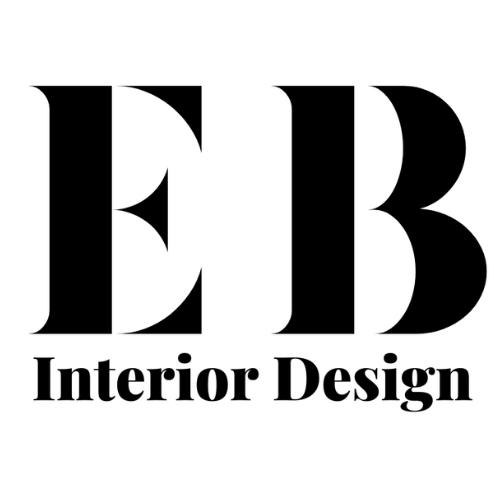
Interior Design: Mid-Century Modern
Mid-Century Modern interior design has remained a beloved style for decades, blending timeless appeal with functionality and a touch of nostalgia. Emerging in the mid-20th century, primarily from the 1940s to the 1960s, this design movement is characterized by clean lines, organic forms, and an emphasis on merging indoor and outdoor living. Today, it’s a go-to style for homeowners and designers who value simplicity, elegance, and a connection to nature.
Key Characteristics of Mid-Century Modern Design
- Simplicity and Functionality
At its core, Mid-Century Modern design values simplicity. Furniture and decor pieces are often streamlined, avoiding excessive ornamentation. Each element serves a purpose, reflecting a “less is more” philosophy. - Organic and Geometric Shapes
A balance between organic curves and geometric shapes defines this style. Think of the smooth contours of an Eames lounge chair or the angular lines of a Nelson bench. - Integration with Nature
Mid-Century Modern homes often feature large windows, allowing natural light to flood interiors while providing views of the outdoors. This design blurs the line between inside and outside, encouraging a connection with nature. - Use of Modern Materials
The era introduced innovative materials like molded plywood, fiberglass, and plastic. These materials were paired with traditional ones like wood, leather, and metal to create pieces that were both functional and visually striking. - Bold Colors and Patterns
While the palette often starts with neutral tones like whites, grays, and browns, pops of bold colors such as mustard yellow, teal, or burnt orange are common. Graphic patterns, often inspired by abstract art, add visual interest to upholstery and decor. - Open Floor Plans
Mid-Century Modern spaces prioritize openness. Rooms flow seamlessly into one another, creating an airy and spacious feel ideal for modern lifestyles.
Furniture and Decor Elements
Mid-Century Modern furniture is iconic and easily recognizable. Pieces like the Eames lounge chair, Tulip table, and Arco lamp exemplify the era’s innovative approach to design. These items are characterized by their ergonomic forms and enduring quality.
Decor accessories, such as sunburst mirrors, sculptural vases, and abstract art prints, complement the furniture. Rugs with bold, geometric patterns and textiles featuring retro designs add warmth and personality to the space.
How to Incorporate Mid-Century Modern in Your Home
- Start with Iconic Furniture Pieces
Invest in a few statement pieces, such as a walnut sideboard or a leather armchair with sleek, tapered legs. These items serve as anchors for your design. - Embrace Natural Light
Large windows, minimal window treatments, and open layouts allow natural light to enhance the space, highlighting the beauty of your furnishings. - Play with Textures and Materials
Mix different materials, like a wooden coffee table paired with a fiberglass chair. Layer textiles such as wool throws, patterned cushions, or a shag rug to add depth. - Add Vintage Finds
Scour thrift stores, antique shops, or online marketplaces for authentic Mid-Century Modern pieces. These items often bring character and authenticity to your design. - Incorporate Greenery
Houseplants like fiddle-leaf figs, rubber trees, or succulents complement the natural focus of the style and add a fresh, vibrant touch.
Why Mid-Century Modern Still Resonates
Mid-Century Modern design continues to captivate because of its versatility and timelessness. Its clean aesthetic adapts well to contemporary lifestyles, while its focus on quality and craftsmanship ensures longevity. Additionally, the style’s celebration of natural elements and emphasis on sustainability align with current design trends.
Examples of Modern Takes on Mid-Century Design
Today’s designers often reinterpret Mid-Century Modern by blending it with other styles. For instance, combining Mid-Century furniture with industrial lighting or Bohemian textiles creates a fresh, eclectic look. Similarly, using neutral color schemes with subtle pops of mid-century hues allows for a more understated take on the style.
Conclusion
Mid-Century Modern interior design is much more than a trend—it’s a philosophy that embraces functionality, simplicity, and beauty. By thoughtfully incorporating its principles, you can create a home that feels both contemporary and rooted in history. Whether you’re a fan of its iconic furniture or its harmonious connection with nature, Mid-Century Modern offers a design approach that stands the test of time.





Leave a Reply